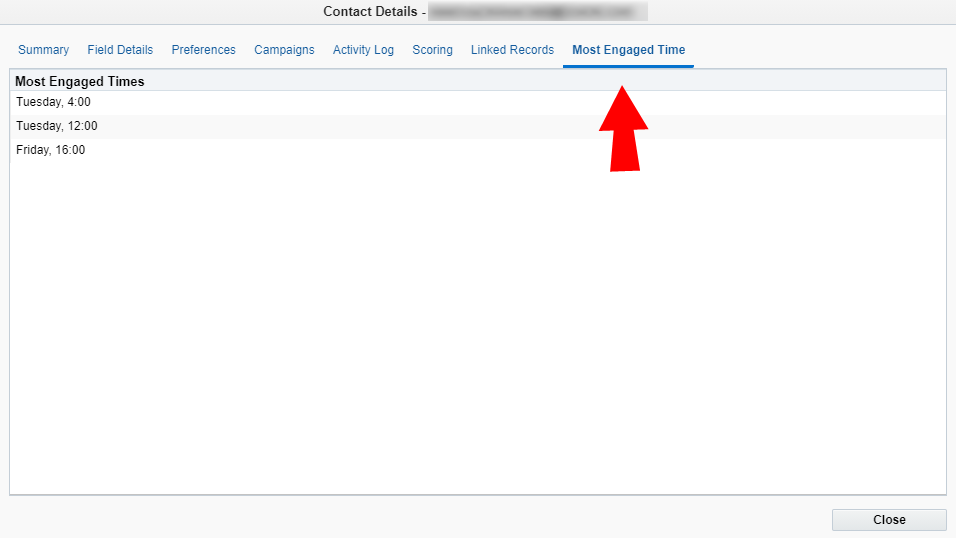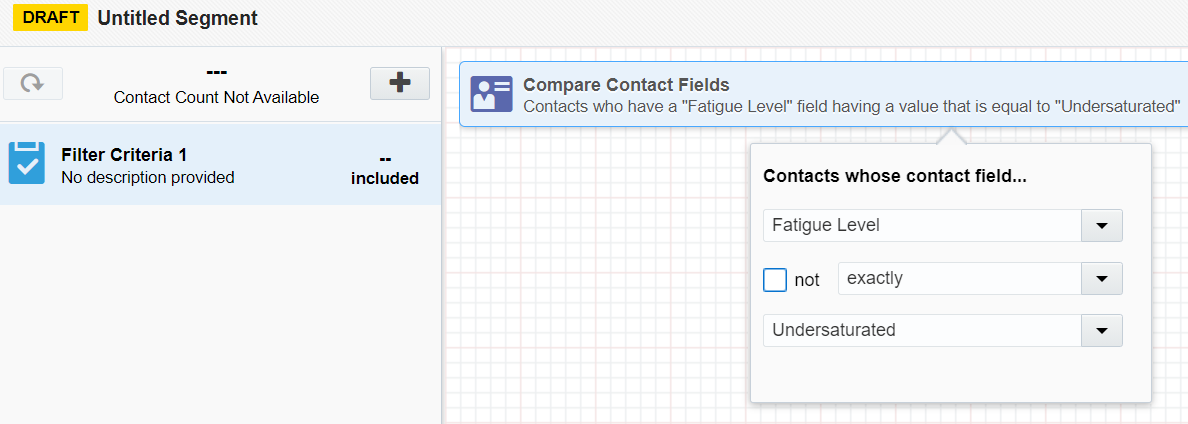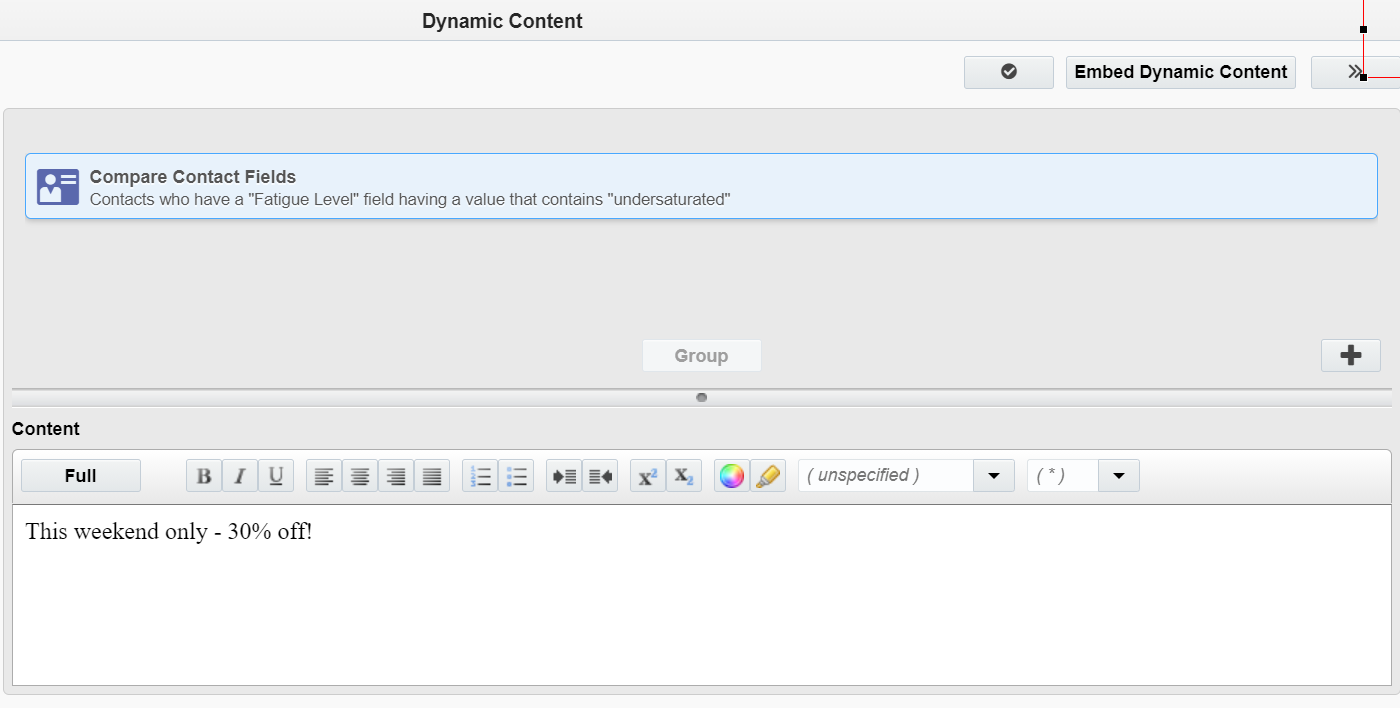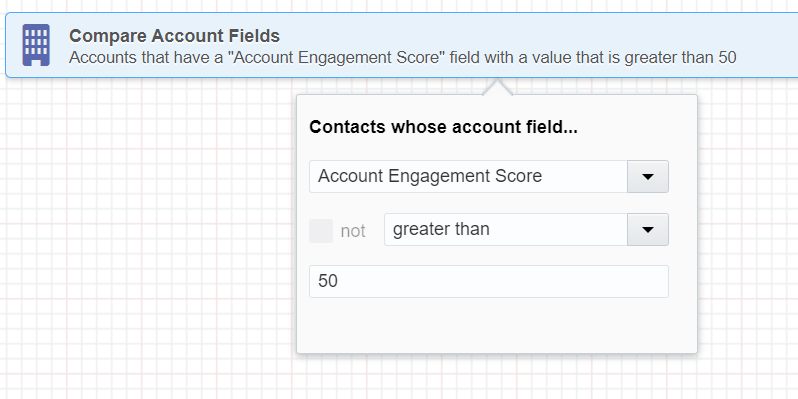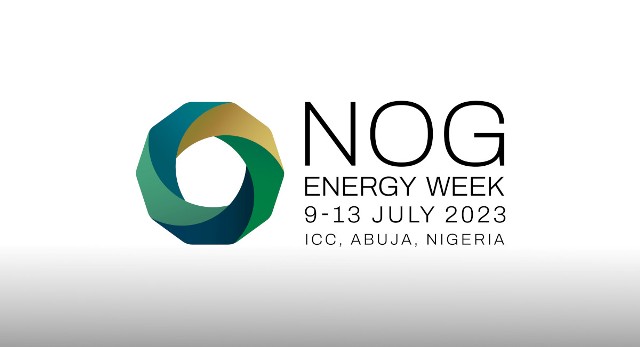Advanced Intelligence for B2B – Relationship One
Does it ever seem like our environment is becoming more and more like the futuristic shows we use to watch when we were kids where the computers were scary smart?! Artificial Intelligence (AI) is not something that will be here sometime in the future. It’s here now!! Oracle Eloqua is now offering the “Advanced Intelligence” add on package.
As a consumer, some AI used by marketers can feel like an invasion of our privacy or space. The new add on features for Eloqua are designed to reduce that feeling for your customers. With Oracle’s AI package, you can send emails at the right time and with subject lines that capture the attention of your customer. We want to build engaging relationships with our customers, and now we can do it in a smarter more intelligent way.
The new features in Oracle Eloqua’s “Artificial Intelligence for B2B” package go a long way in helping build those relationships by helping you untangle all of the data you have been collecting over the years. Now your Eloqua instance can do that work for you, optimizing performance based on actual data and contact behavior.
This new package is available for all trims of Eloqua and sold per subscription. If you have multiple instances in your subscription, one subscription of AI will cover all the instances with 1 fee. None of the features are stand alone and updates will be included in the subscription.
The new Advanced Intelligence package include 4 features. For an existing instance, the features have already been enabled in the background and have been collecting data. For a new instance, it will take 3-6 months of consistent data for these new features to really start humming along.
- Send Time Optimization (STO)
- Subject Line Optimization (SLO)
- Email Fatigue
- Account Intelligence
Both the “Account Intelligence” feature and the “Email Fatigue” feature utilize new system contact fields so therefore this data is available to pass data to CRM if needed.
Advanced intelligence for Eloqua
Send time optimization
- For those of you currently using this feature in controlled availability, you will have continued access functionality until the end of 2021.
- This feature determines the best time to send your email to get a customer to engage using historical data captured over the past 3-6 months.
- Best used for Nurture Campaign use cases over Event or time-specific use cases.
- Select the “Enable Send Time Optimization” in the Scheduling tab from each email step where the feature will be utilized.
- Sends emails at the optimal time for each contact in the configuration steps.
- You can optimize by “time of day” or “time of day and day of the week.”
- Set the delay to avoid sending too many STO emails for the same segment members that may be in multiple campaigns.
- If there is not enough history in the system to choose the best send time, such as a new contact, the email gets sent right away.
- The send time model refreshes in the background to continually adjust the optimal send time for each contact.
- You will be able to see the “Most Engaged Time” tab for each contact on the Contact Details screen.
- The send time model refreshes in the background to continually adjust the optimal send time for each contact.
Subject Line Optimization
- This feature will monitor historical subject line performance to help determine if your current subject line will be successful in getting your customer to open your email. It will learn over time, looking at structure and syntax of subject lines to provide feedback giving you time to adjust your subject line prior to sending out your email.
- Provides visual feedback about how the subject lines are likely to perform:
- Above Average
- Below Average
- This feature is language agnostic. Not all languages are guaranteed but testing indicates it supports a wide variety of languages.
- This feature learns over time based on data from your own Eloqua instance. It does not rely on Industry information.
- Best practice for number of sends:
- Decent consistent send volume
- The more you send, the better the prediction will become
- This feature is available in both the Design and Source editors
- Both will feature a blue dot to the right of the subject line.
Design Editor Source Editor
- The Refresh rate for this feature is about once a month. It will look back as far as data is available in the instance.
Email Fatigue
- This feature helps you determine when your customers are tired of your current messaging. A new System Contact field named “Fatigue Level” is created to hold this fatigue status. This allows you to monitor and change your messaging to keep your customers opening your emails, or you may decide to change to a different channel in some cases.
- Fatigue Analysis determines status by level of engagement relative to the number of emails sent.
- The refresh rate for the Fatigue Analysis is every 2 weeks, and it looks at the last 180 days of data.
- You will be able to utilize this field to achieve better segmentation, create new Campaign flows, and update your lead management. You can utilize Program Canvas to listen for changes in this field and automatically move contacts to a suppression list when they reach a certain fatigue level.
- Below are the possible fatigue levels:
- Inactive
- Undersaturated
- Just Right
- Saturated-low
- Saturated-medium
- Saturated-high
- Oversaturated-low
- Oversaturated-medium
- Oversaturated-high
- Saturated and Oversaturated contacts are at higher risk of disengagement
- Undersaturated contacts showing strong engagement can receive more communication.
- The fatigue level is calculated based on engagement level within a 6-month period. It is autogenerated and will automatically refresh every 2 weeks.
- Since Fatigue Level is a contact field, there are several areas of Eloqua where it can be utilized.
-
- Analytics in Insight reporting
Account Intelligence
- This feature provides a new Account Engagement Score between 0-100 which will help improve Account targeting. The Account Performance Dashboard uses the last 90 days of activities. You can review:
- Engaged contacts vs reachable contacts
- Engagement score timeline
- Performant campaigns and marketing assets for the account
- Individual contact activities
- The scoring is not configurable at this time.
- All Contact engagement is rolled up to an account.
- Eloqua has two ways of determining accounts:
- If you are using the out-of-the-box Account-to-Contact linkage, the contact’s activity is associated to the linked account.
- If you do not use the out-of-the-box Account-to-Contact linkage, a contact’s activity is assigned to an account determined by the contact’s company name.
- Utilizing the “Account Performance Dashboard,” you can get a view of your account engagement.
- Shows how many engaged contacts at this account
- Timeline of engagement
- Top Campaigns engaged with for this account
- The new dashboard answers questions like:
- What products and services are of interest?
- Who is most interested at this Company?
- Use Account engagement score in Segmentation, Campaigns filters, lead scoring, dynamic content and also a new Account Activity subject area will be available in Insight reporting as well
- Eloqua has two ways of determining accounts:
For more information on this new package offered by Oracle, please contact your Oracle Account Manager. There is also a link on Topliners and in the Oracle Eloqua Help Center.
As always, please reach out to Relationship One with any questions you may have on this new package or any other Projects or Opportunities with which we can help.
Thank you for subscribing!



